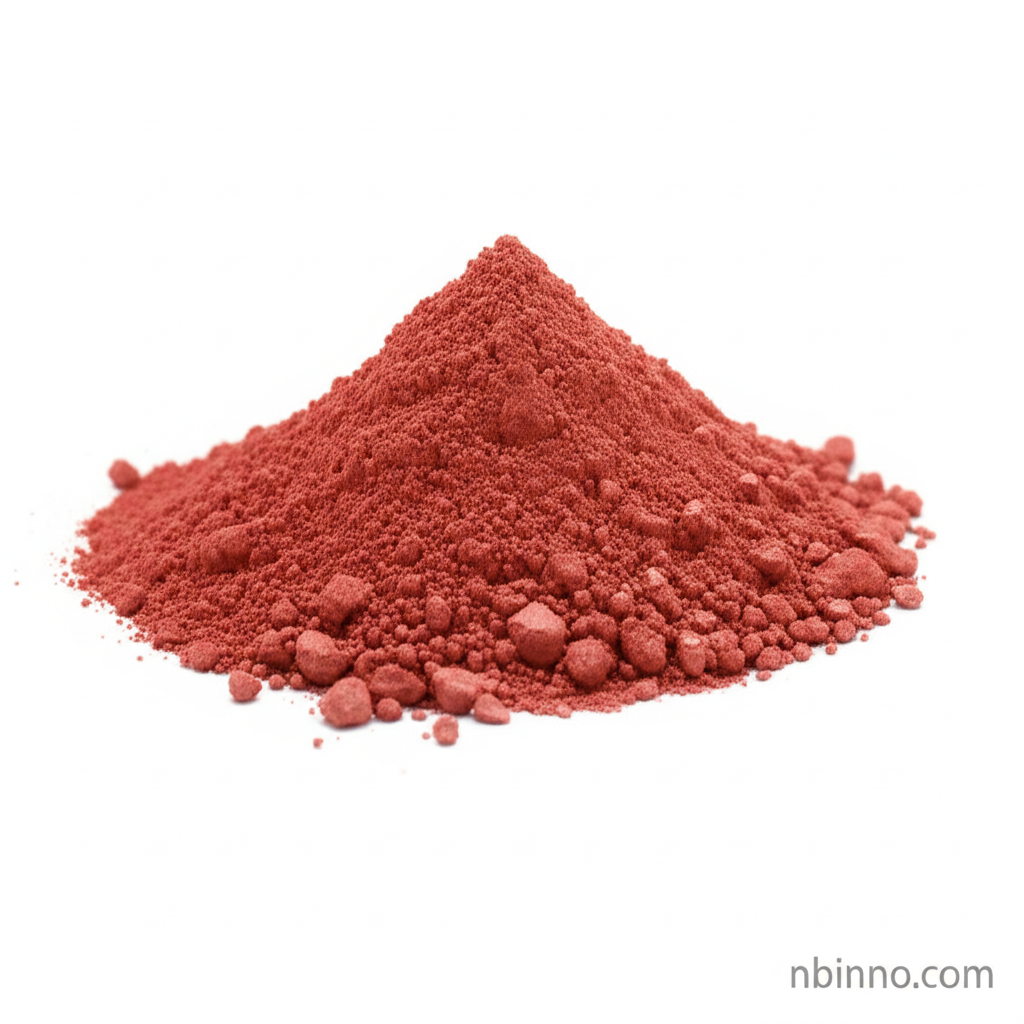Potassium Tetrabromopalladate(II) (CAS 13826-93-2): A Versatile Chemical for Advanced Applications
Exploring the multifaceted roles of this palladium compound in modern chemical industries and research.
Get a Quote & SampleUnveiling the Core Value of Potassium Tetrabromopalladate(II)

Potassium Tetrabromopalladate(II)
This palladium compound is a critical component in numerous advanced chemical processes. Its unique chemical structure and properties make it an indispensable tool for innovation in catalysis, materials science, and beyond.
- Discover the efficacy of palladium catalysis for organic synthesis, a key application where this compound significantly enhances reaction rates and yields.
- Leverage its role in the synthesis of palladium nanoparticles, creating advanced materials with unique properties for electronics.
- Understand its importance in chemical synthesis, serving as a reliable precursor for various palladium-based compounds.
- Explore its utility in pharmaceutical intermediates, aiding in the development of new drugs with improved efficacy.
Key Advantages Offered by This Compound
Catalytic Excellence
The compound excels as an effective precursor for palladium catalysts, driving efficiency in reactions such as cross-coupling and hydrogenation. This makes it vital for pharmaceutical intermediates and fine chemical synthesis.
Material Innovation
It is instrumental in the synthesis of palladium nanoparticles, which are crucial for developing advanced materials with specialized properties for electronic components and sensors.
Research & Development Facilitator
Researchers value its ease of handling and solubility in various solvents, enhancing its applicability in laboratory settings for groundbreaking research.
Key Applications
Catalysis
This compound is widely used as a catalyst precursor in organic reactions, significantly boosting reaction rates and yields for complex chemical synthesis.
Electrochemistry
It finds application in electrochemical processes, such as in the development of advanced sensors and batteries, due to its ability to facilitate electron transfer.
Materials Science
The compound is employed in the creation of palladium nanoparticles, valuable for manufacturing advanced materials with unique properties for electronics and photonics.
Pharmaceutical Synthesis
It plays a role in the synthesis of complex organic molecules, supporting pharmaceutical researchers in their quest to develop new drugs with improved efficacy.
